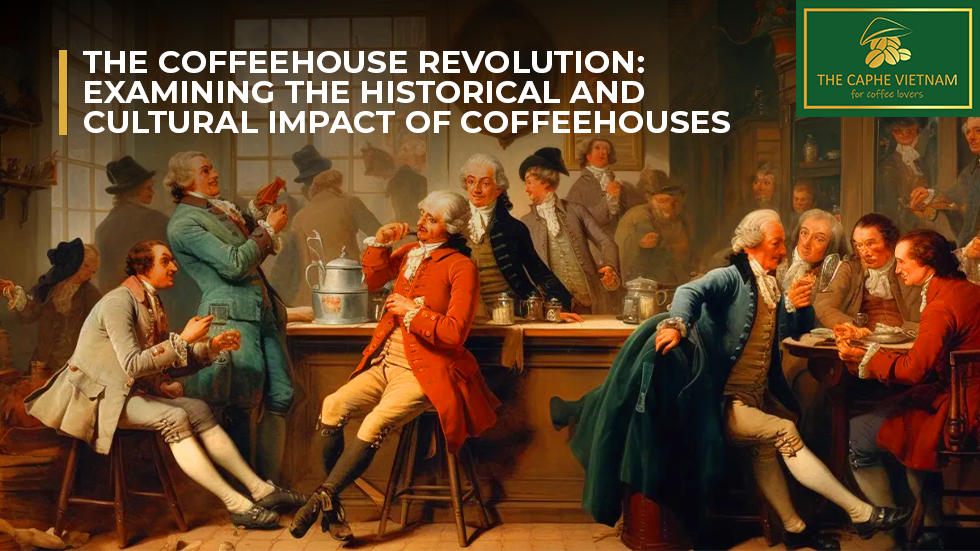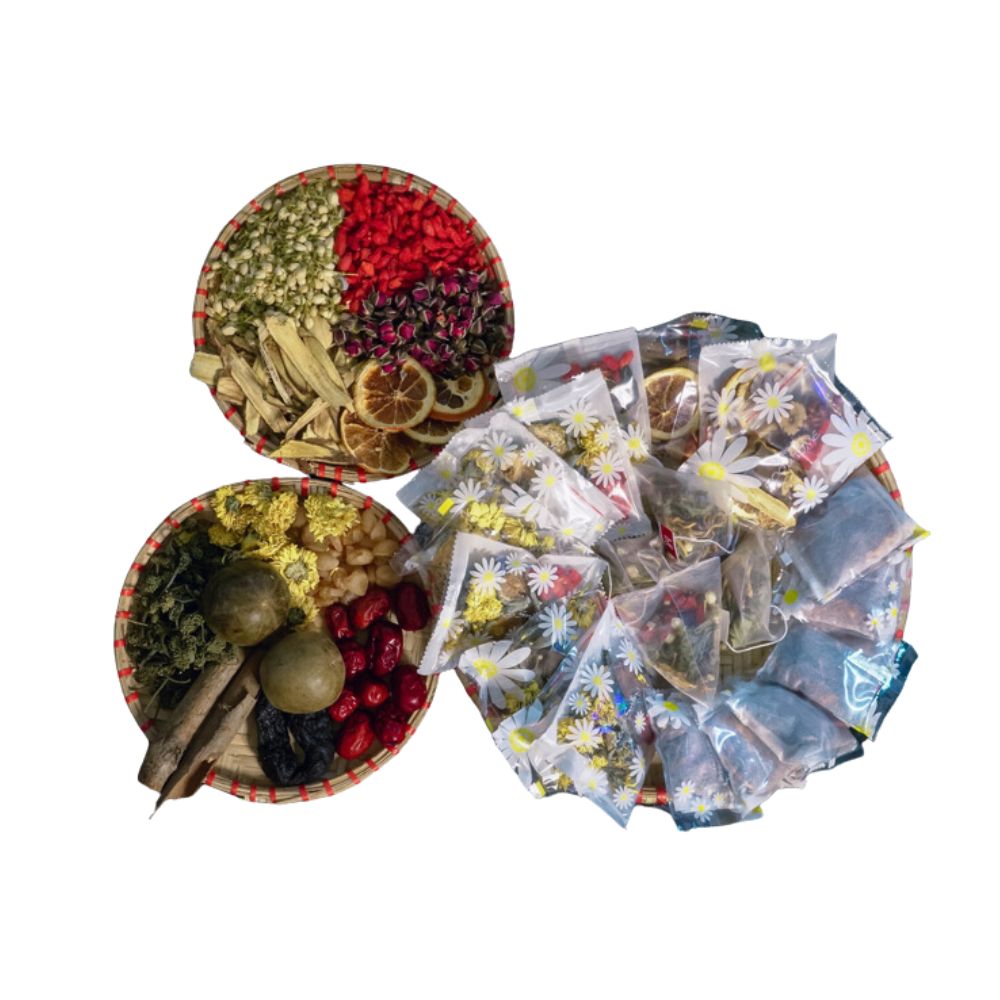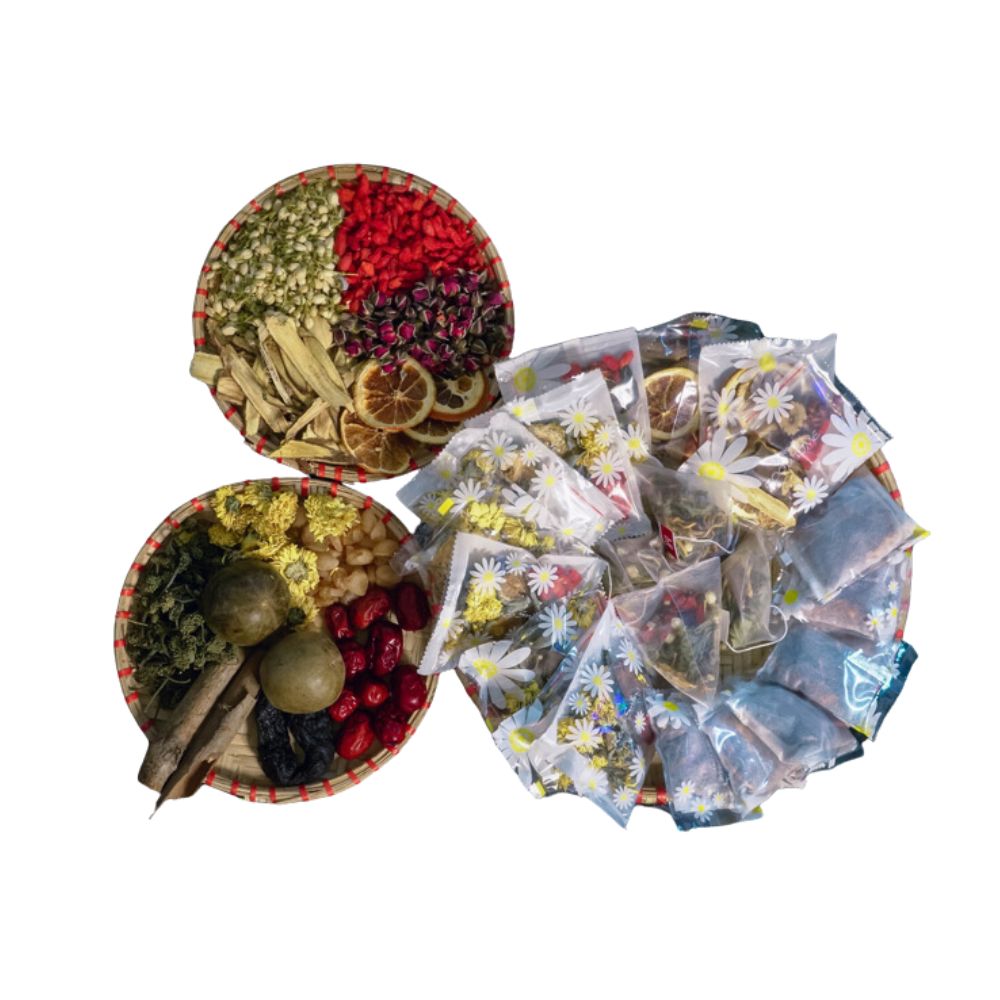
The Coffeehouse Revolution: Examining the Historical and Cultural Impact of Coffeehouses

The term cafe today is synonymous with catching up with friends, business meetings, and dates in a cosy atmosphere that evokes calm discussions, friendly banter, or romantic meet-ups. Rewind some decades, and the idea of coffeehouses instead of modern cafes spurs a chain of visions and ideas in our minds. The view of an enormous area with well-carved wooden seatings and high ceilings crowds our minds when we think of coffeehouses and intellectuals hovering over the place with debates, discussions, and knowledge construction through metaphoric ideas. The phrase: Anything can happen over coffee holds a different dimension regarding coffeehouses and is not just a mushy love story brewing between two people in a cafe. In this blog, we reveal what these hot spots meant and how they impacted nations historically and culturally, what happened in these coffee shops, and reasons for the temporary stalling of such places. We are not leaving any stone unturned to discover the revolutionary potential of these taverns.
A brief history of Coffee Houses
Coffeehouses, as Intellectual paradises, first opened in the Ottoman Empire in the early 16th Century as a communal place for Muslim men to exchange their ideas and opinions about current affairs, politics, and religion as they abstained from alcohol. Sultan Murad IV banned coffee drinking as he suspected these hot spots to be the origin of disputes, conspiracies against the king, and a brewing hub for revolts. Pasqua Rosée opened their first coffee house in London in 1652 and soon attracted men of all genres to sit across a table to discuss politics and revolutionary ideas. These tables were infested with news writers, and this power of the populace was threatening to the intensely hierarchical and structured British Empire. King Charles II condemned the threatening culture and appointed spies in disguise to combat political unrest through coffee table discussions. German coffeehouses also were prone to hatred from higher authorities like Frederick the Great. Parisian Café culture, France was a hotbed for revolutionary and out-of-the-box thinking by writers, philosophers, artists, and commoners.
Historical Impact of coffee houses
As we discussed, these coffee houses had steaming discussions about political and socio-economic issues and were considered breeding grounds for potential upheavals boosting the power of the average man. They thought coffee makes a person think! Moreover, these coffee houses encouraged impromptu seating without any prior reservation. This seating fashion and exchange of ideas with other intellectuals sparked a sense of new-age thinking, threatening the ruling power. People in power condemned these coffee houses as penny universities as anybody could walk in, pay a penny to enjoy a hot cup of coffee, and exchange
millions of dollars worth of ideas, some of which fueled revolutions. Jonathan’s Coffee House in Exchange Alle had stockbrokers trading shares that led to the birth of the London Stock Exchange. Green Dragon Tavern was one desired coffee house serving coffee and liquor to people and hosted The Sons of the Liberty after tea was banned following the Boston Tea Party fueled the American Revolutionary War. The famous French Revolution saw social egalitarianism in coffee houses in Paris. These coffee houses were planning spots as per the insecure hierarchy and caused unification and political revitalization. During The Age of Enlightenment, as they call it, these Coffeehouses witnessed many revolutions through gatherings, discussions, and common ground, embracing the power of the masses.
Renowned artists, scientists, and philosophers who flocked the coffeehouses
Coffeehouses mesmerized people for their charm for intellectual exchanges, literary and artistic creativity. Their "place-for-all" appeal, lured many renowned philosophers, scientists, and artists who were pioneers in their field. These menspiration, and framework for their next masterpiece. To name a few, Ernest Hemn craved a cosy ambiance with a rich concoction of grey matter, and walked out with an idea, iingway, T.S. Eliot, Gertrude Stein, Apollinaire, F. Scott Fitzgerald, André Breton, Jean-Paul Sartre, Simone de Beauvoir, Diderot, Rousseau, Benjamin Franklin, and Voltaire flocked these places and made them historical.
Stalling of Operations and Revival in the modern era
Many authorities tried to curb Coffee house culture only to be opposed by the mass with a heightened sense of liberation. Coffee was here to stay, and so were Coffeehouses, otherwise where would men, irrespective of their socio-economic backgrounds, meet and greet ideas and philosophies. In 1987, Howard Schultz, from Brooklyn, New York, United States, vowed to launch 125 coffee stores/cafés within five years, and today the chain of modern coffee shops is famous under the name of Starbucks and woes millions of people. Starbucks afficinados may not necessarily want to herald a revolution, but they definitely, love to keep the Coffee house culture alive.
Finally, the revolutionary drink, the artists' pick-me-up, or a connoisseur’s poison has been influencing mood, thinking, and decisions for eons. Coffee is not merely an average beverage but rules Coffeehouses and their culture. The French novelist and playwright, Honore de Balzac once expressed, “When we drink coffee, ideas march in like the army”, and we second him without batting an eyelid. Along with coffee, many ideas were brewing in the Coffee Houses worth our muse and marching aggressively strong enough to create Historic revolutions.





























